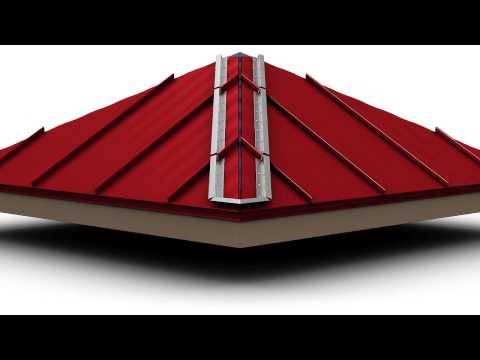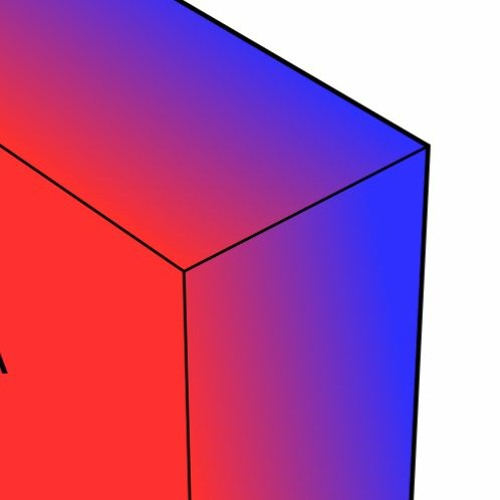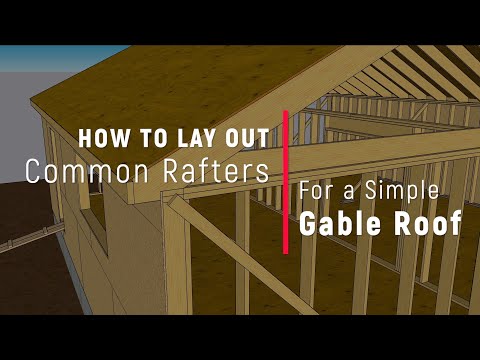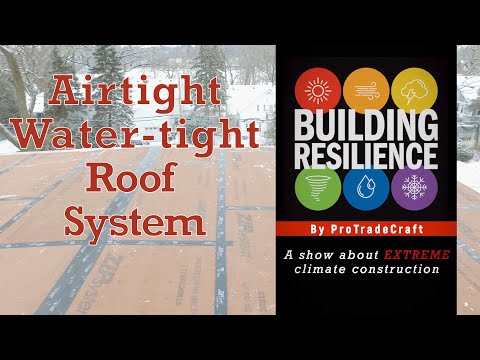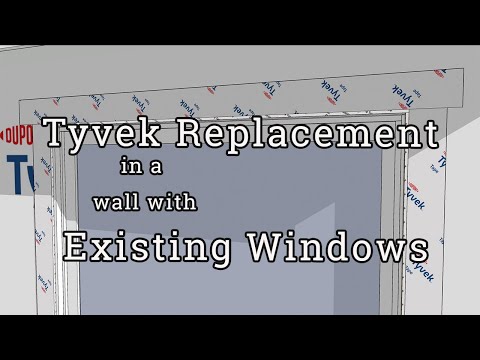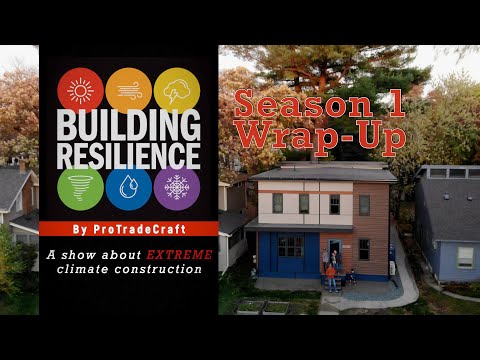All metal roofing is not created equal. In this video, Aaron Perry, a roofer in Louisville, Kentucky, looks at the major differences between standing seam metal roofing and corrugated or screw-down metal roofing to help you make a good decision about which product is right for your roof.
Hidden fasteners in standing seam will not leak; exposed ones on corrugated roofing will
Corrugated metal has an exposed fastener. This is probably the type of metal that most people are familiar with. You’ll have to take a screw and shoot it right through the face of the metal, and it’ll hold the metal to the building. The reason you can see these screws is because of the exposed fastener.
Now in a standing seam, you can't see the fasteners because the screws aren't going through the face of the metal. The screws go into a clip. Get a pancake head screw and put the clip on the side of the standing seam, and then run the screw into the clip.
Not being able to see the screws is an essential feature of a standing seam. This is because the only thing that stops water from getting into your structure with a corrugated metal is a little rubber washer.
In the Midwest areas such as Southern Indiana and Northern Kentucky, we find little neoprene washers go bad somewhere between 9 and 12 years and create leaks in the building around these screws. So it is a big deal when you have a metal that would last longer than nine years. With the standing seam roof, the fasteners aren’t exposed, they are all underneath the next panel, and they're screwed into this clip.
Movement is only possible with a standing seam design
The standing seam design allows the metal to expand and contract. All metals expand and contract, but the standing seam design with the clips having been screwed down, the structure (not the metal panel) allows the standing seam to expand and contract every day as the Sun pops out and goes back down. You can see here in the standing seam system the clip is attached to the structure, but the metal is never pinned down itself. It will never be pinned into one place quite like the corrugated metal.
The corrugated metal is screwed right through the face in its pin. Over time, the metal is going to heat up and it has nowhere to go. So it will push on the screws or nails. Eventually, it will push those screws and nails out.
Even on steel buildings that we've returned to several years later, the cinch straps on the seams of the panel (even in steel) will have twisted themselves out. The screws also get backed out from the pressure of the expansion every day. So having the metal be able to float through the expansion-contraction cycle is a good thing.
The standing seam allows the movement of the metal to happen because the screws are not into the metal. It's in the clip. So we're back to the clip idea, when this metal expands and contracts it can slide up and down the clips and it can move without breaking watertight seams that are our seals that are up around the transitions, the trims, the ridge valleys. It can move without becoming a leak spot.
Now, the corrugated metal is fixed, it's pinned down with screws, and a little rubber washer. If there’s a lot of movement in this metal, the seal will break. This metal needs to stay dry, so it relies on that seal and on that screw. Any movement of this metal is bad because it cannot change its shape. Over time the pushing of the metal will push out the nails and screws and cause a leak.
So, a big difference between standing seam and corrugated metal is the movement. The design of the standing seam allows it to move without breaking watertight seals in the system. At the same time, corrugated metal moves around with thermal expansion and contraction. So it's another factor why the screws, trims, and valleys fail over time.
Standing seam is interlocked whereas the corrugated system is overlapped
The third major difference between a standing seam metal roof system and maybe this corrugated system or another kind of art panel with a screw-down system would be the trims. This includes the ridge, the eave, the rakes, pitch breaks, pitch transitions, and valleys. All the trims in a standing seam system are going to be interlocked. What I mean by interlocking is we're going to use a turndown of the metal called a hem. Then, slide it onto another piece of an offset cleat or a piece of zee to make an interlocking joint.
Whereas in the corrugated metal, you don't have any of that. There are no hems or bread bands. Metal gets laid on top of other metal, and it gets shot with a screw in it. So the joints in corrugated metal are metal on top of metal with screws running in them. That's about the gist of it. A standing seam roof is an interlocking system of trims with details that the fasteners and pieces of metal interlock will hide.
The example I would show of this would be right here at the eave of this sample. Here, we've got a piece of drip edge. We've already got this piece turned down, hemmed, and hooked onto this drip edge. So in there, our barn metal or our corrugated metal is just laying on top of the drip edge in our standing seam and this panel here has been turned. It's been bent down and it's actually hooked into or onto the drip edge.
So that's an example of what I mean by interlocking trims and how the standing seam differs from the corrugated metal.
No seams mean no place to leak
In corrugated metal, it's very common to see seams just like this. Here, you've got maybe a 30-foot run, and you've got two 15-foot pieces of metal, and they're just one piece of metal laid and another piece of metal laid right on top of it. The screws shot right down the seams, these rust, they leak, and the expansion-contraction pushes the seams open. Water, snow, ice, it's just a way for things to enter the building or the home.
In standing seam, especially with this type of standing seam that we roll from on-site, you have no seams. So no seams mean no place to leak. This standing seam is a solid sheet of metal from the gutter to the ridge and that's just not possible with long runs on corrugated metal because of its thickness and gauge.
It's not able to run out much more than about 30 feet is what we've seen the longest guys can handle that metal in the standing seam. It can be full-length and it can run out whatever the eave to the ridge length is. So no seams is another major difference between standing seam and corrugated metal.
Paint on standing seams is more durable
A corrugated metal panel is going to be 29 gauge and that's even with the paint. It's a very thin metal whereas your standing seam panels are 24 gauge without the paint. So there's a big difference in the thickness of the metal.
The next thing I would say would be the paint. So on a barn metal, corrugated metal, or screw-down metal, you will get siliconized polyester paint. It will last but start to chalk and fade in 10-15 years.
On your standing seams, you will find Kynar paint which has a warranty of 35 years. So your paint is going to last just as long as your roof.
Alright, so there were five major differences between the standing seam and the corrugated metal. Thanks for watching. I hope you learned something and we'll see you next time.
